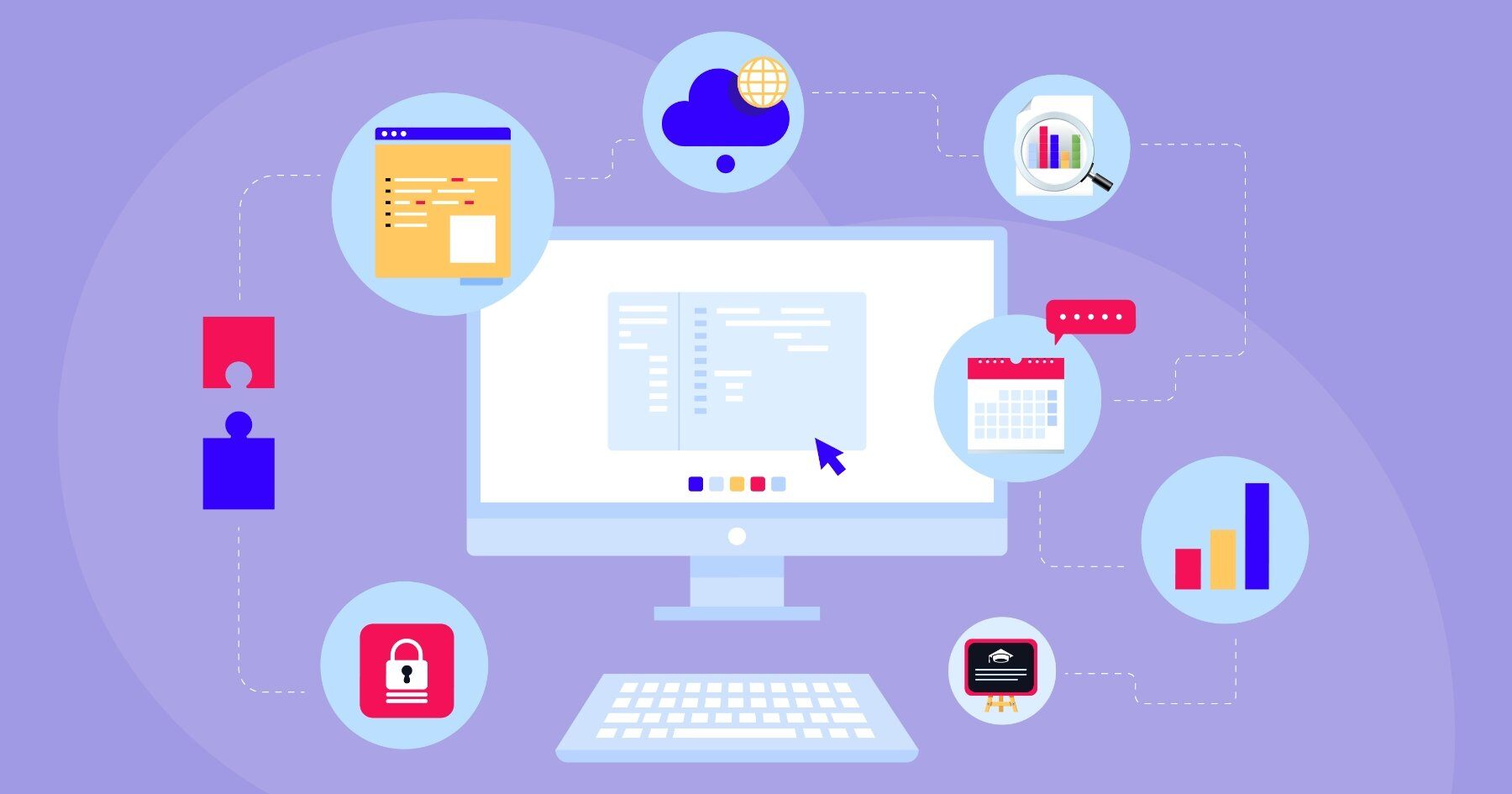There’s a common challenge that can unify organizations of all sizes and industries – vendor risk assessments. This process of determining a vendor’s inherent risk and criticality can help guide the level of oversight that a third-party risk management team must conduct on their vendor inventory. Vendor risk assessments are a best practice and regulatory requirement, but using manual tools like Excel or SharePoint can make this a burdensome task that that few people want to manage. Fortunately, vendor management software can help make this process more efficient.
4 Benefits of Using Software for Vendor Risk Assessments
Manual processes and tools might work fine for certain tasks, but vendor risk assessments are greatly improved by using automated software. Here are a few benefits of making the switch to vendor risk management software:
- Helps Meet Regulatory Guidance
Regulators state that risk assessments should be proportionate to the type of vendor in use. Third-party relationships that are deemed significant or critical are particularly important to assess.
At a basic level, regulators have a few expectations for initial vendor risk assessments. Here are three points to remember:
- Business strategy: An organization should ensure that the vendor relationship is aligned to its strategic goals. The vendor’s benefits, risks, and costs should all be considered in the risk assessment process. Regulators also state that technology officers, internal auditors, compliance officers, and legal counsel may be used to assess vendor risk.
- Proper oversight: Vendor relationships must be properly monitored and managed on an ongoing basis. An organization may appoint a senior manager to own different tasks for critical vendors, such as due diligence, ongoing monitoring, and periodic reporting.
- Long-term effect: Organizations should estimate the long-term financial risk and potential of the vendor relationship, rather than be influenced by any immediate cost savings.
Quick tip: Your vendor’s criticality, or business impact should determine the level of appropriate oversight so it’s important to categorize your vendors accurately. Your third-party risk management program probably has limited resources, so it’s important to focus on the vendors that are most impactful to your organization.
- Create More Efficient Reports
Creating an Excel report can be challenging and time consuming, even for the most proficient user. A dedicated platform for vendor risk assessments can streamline the process of creating a report.
How exactly does software increase efficiency? Check out the following 2 reasons:
- Transitioning to a software program can help automate the process with built-in reporting and customizable templates. Software can even be programed to publish reports on specific topics for specific stakeholders such as internal subject matter experts.
- A centralized software program offers a valuable control environment. It captures and tracks all relevant vendor information and provides a suitable audit trail. Updating a massive Excel report with thousands of vendors can be time-consuming and prone to error.
- Promote Consistency
Software can ensure that clear standards are applied for risk assessments, which address different risk domains such as operational, reputational, credit, financial, strategic, compliance, and more.
When using software, the user can be guided through the steps of selecting and modifying templates that can be customized for the organization’s needs. The risk assessment can then be monitored and reviewed to ensure that the residual risk is properly calculated and judged.
- Increase Visibility
A manual vendor risk assessment will only show answers without any weight to the user’s response. Software can provide more nuance to a vendor’s risk rating, which allows greater visibility and better decision making.
Software allows you to focus on the vendor type and discern where most of the risks presented is apparent. This provides the added logic of weighting each question and implementing a control mechanism. A final authority can then review the risk analyst’s initial review of the data through the lens of these weighted questions and controls.
Too much dependence on an overly cautious analyst and manual process will likely lead to a “sky is falling” approach to risk, which will only increase your workload and operational inefficiencies. An organization’s senior management should set the risk appetite, which could then be built into the software through weighted questions.

When looking for software, here are a few considerations to keep in mind:
- Does the vendor’s customer service meet your expectations? Do a search to see if multiple customers have similar complaints.
- Does the vendor employ experts in vendor management to assist with vendor due diligence reviews and questions?
- Does the vendor make updates to the software to improve it? This is especially important as regulatory expectations evolve.
A Final Comparison Between Software and Manual Processes
If you’re still wondering how software can improve the vendor risk assessment process, here’s a helpful visual that gives a side-by-side comparison:
| Software |
Excel/SharePoint |
|
✅ Concise and automated reporting
✅ Customizable templates
✅ Unlimited collaboration
✅ In-depth visibility on vendor information
✅ Reduced workload of administrative duties
|
❌ Manual and error-prone reporting
❌ Lack of relevant templates
❌ Inefficient collaboration across different channels
❌ Limited data visibility without context
❌ Increased administrative management
|
When it comes to performing vendor risk assessments, it’s clear that consistency and efficiency should be prioritized. While it’s true that manual processes can help you achieve the same goals as software, dedicated vendor risk management platforms have been specifically designed to manage all the processes and workflows necessary to keep your organization protected. Adopting more efficient tools like software can manage the risk assessment process, while also maturing your third-party risk management program.






.gif?width=1920&name=Sample-Graphic-Animation%20(1).gif)




